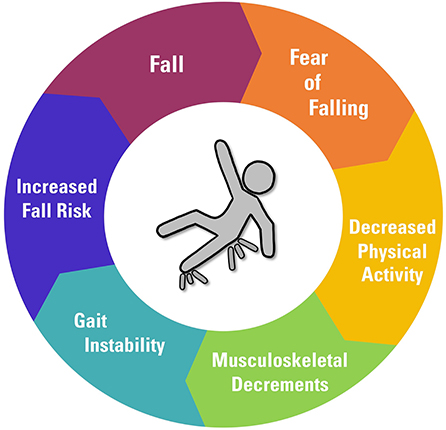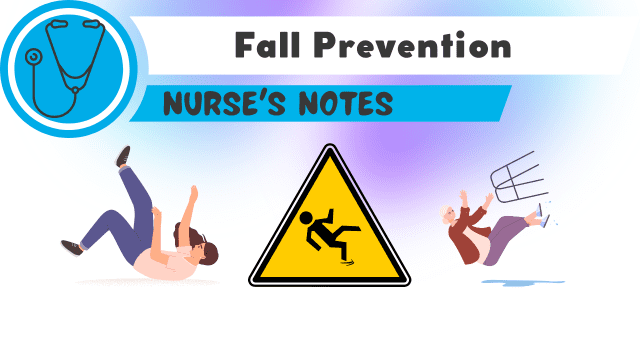The Of Dementia Fall Risk
The Of Dementia Fall Risk
Blog Article
The Of Dementia Fall Risk
Table of ContentsThe 10-Minute Rule for Dementia Fall RiskHow Dementia Fall Risk can Save You Time, Stress, and Money.3 Simple Techniques For Dementia Fall RiskSome Known Details About Dementia Fall Risk The Single Strategy To Use For Dementia Fall Risk
Based on signs and symptoms, such as proof of head injury or a new focal neurologic deficiency, computed tomography or MRI of the brain might be indicated. An analysis for causes of syncope must be performed just if there is strong uncertainty, as when it comes to frequent, inexplicable falls
Healthcare service providers utilize a fall danger evaluation to recognize your risk factors for dropping and make handy suggestions. Some people attempt to reduce their fall risk by limiting their activity or aiming to be a lot more cautious. However these sympathetic actions aren't sufficient. A loss danger analysis is necessary since knowing which variables raise your chances of dropping aids you: Lessen your danger of falling or harming on your own.
All adults 65 years and older need to have an initial loss risk screening. Have actually fallen in the past year. Worry regarding dropping.
The Only Guide to Dementia Fall Risk

Explore this detailed nursing treatment strategy and monitoring overview to efficiently avoid danger for drops amongst individuals. Get vital knowledge regarding the nursing assessment, taking care of diagnosis, and goals especially tailored to individuals that go to threat for falls. A is defined as an occasion that results in a person coming to relax accidentally on the ground or flooring or various other lower degree (WHO, 2021).
According to the Centers for Disease Control and Prevention (CDC),, triggering over 34,000 deaths for that age. Falling is the 2nd leading cause of fatality from unintentional injuries globally. Fatality from falls is a serious and endemic problem amongst older individuals. It is approximated that autumn death rates in the U.S

Annually, over 800,000 patients are hospitalized due to drops. Nurses play a significant duty in protecting against succumbs to their people through education and learning, reviewing Find Out More autumn danger, creating much safer environments, and giving treatments in avoiding injuries from falls. Several risk elements and conditions add to drops, consisting of the following:. Aged 65 years and older; lower arm or leg prosthesis; use assistive gadgets such as pedestrian, crane, and wheelchair; living alone.
Autumns are due to a number of aspects, and an all natural approach to the individual and environment is essential. Expect a person is considered at high risk for falls after the screening.
Little Known Facts About Dementia Fall Risk.
A requires making use of a confirmed tool that researchers have actually taken a look at to be valuable in naming the sources of drops in an individual. As an individual's health and circumstances adjustment, reassessment is required. The degree of fall danger can be identified making use of the evaluation of intrinsic and extrinsic elements. Standard evaluation devices can additionally be utilized (discussed below).
People are more most likely to fall again if they have sustained one or even more drops in the previous 6 months. The older population is at enhanced danger of fall-related readmissions based on a research study recognizing the factors predictive of repeat falls associated end results (Prabhakaran et al., 2020).
In addition, confusion and damaged judgment raise the person's possibility of falling. The capability of people to secure themselves from falls is influenced by such factors as age and development. Older individuals with weak muscles are more probable to fall than those who maintain muscular tissue toughness, flexibility, and endurance. These changes consist of lowered aesthetic feature, damaged color understanding, modification in center of mass, unstable stride, lowered muscle mass toughness, lowered endurance, transformed deepness understanding, and postponed feedback and response times.
Dementia Fall Risk - The Facts
Much less contrast sensitivity was fairly related to both increased prices of drops and various other injuries, while reduced visual skill was just related to enhanced loss rate (Timber et al., 2011). Sensory understanding of ecological stimuli is critical index to safety and security. Vision and listening to disability limit the person's ability to regard threats in the surroundings.
Older adults that have poor balance or problem strolling are a you can check here lot more most likely to drop., or other clinical problems and therapies., and usage of psychotropic medications (Stanmore et al., 2013).
Report this page